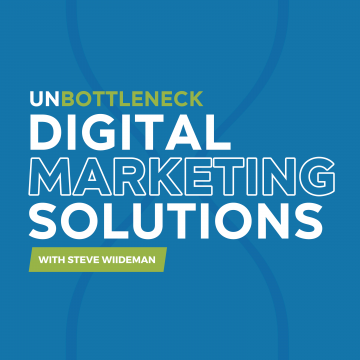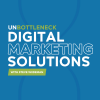So you’ve optimized your website for higher organic/natural search engine placement and have realized that it’s going to take awhile to see some traffic produced from the handful of keywords you are optimizing for. Hopefully your chosen SEO company set good expectations with you or right now you’re probably feeling a bit frustrated and maybe even a little cheated.
Introducing PPC Advertising
Well, there’s more than one way to get traffic from Google, especially if you have a marketing budget. Pay-Per-Click (PPC) Advertising is a method of bidding for a Sponsored Ad in Google, Google’s Search Network, and on pages hosting Google AdSense ads.
Before you throw a ton of budget at something you know nothing about, I encourage you to either find an experienced vendor who can show you detailed case study reports from their existing or preexisting PPC Advertising campaigns. If you still want to do it yourself, I recommend becoming AdWords Certified first, otherwise you’re jumping into a Celebrity Poker Game with a three cards and the number 21 on your mind.
How to Build a Robust PPC Account
If you’re campaign name is Campaign #1, please scroll back up and read the third paragraph again. How you organize your Campaigns and Ad Groups is instrumental to the success of your PPC Advertising strategy. You must first have a solid understanding of the phrase “Long Tail”, know who your competitors are, and not be jaded by the idea of bidding on your own company name.
Below is an example of an ideal (generic) PPC account structure that accounts for company name-related terms, competitor names and websites, and 2 product types (i.e.: cups and mugs). This structure does not account for geo-targeting, but can be applied to a specific geography.
A Strong PPC Advertising Landscape
- Branded Terms
- Product Type 1 – Long Tail
- Product Type 1 – Broad
- Product Type 1 – Content-Targeted
- Product Type 2 – Long Tail
- Product Type 2 – Broad
- Product Type 2 – Content-Targeted
- Competitor Terms
What the Heck is Long Tail?
I like to think of Long Tail Keywords as being more targeted, but less searched. This means from a PPC perspective that I’m buying thousands of search terms (such as “purchase widgets online”) rather than spending thousands of dollars on one or two (such as “widgets”).
Catch people in the buying stage of the purchase cycle to get the best results from your PPC Advertising campaign.
Measure Your Results
Unfortunately, it’s difficult to track results when you have a phone number listed on the website. After all, how can you attribute an exact keyword searched for to a phone call? You can’t, which is why you should make every attempt to get the user to complete a form or purchase on your website. Google AdWords, Yahoo! Search Marketing, and Microsoft AdCenter will all provide you with a snippet of code to place on the confirmation page of your lead form or sales confirmation page. Use this code or don’t bother wasting your money with PPC Advertising.
As you start to learn which search terms result in the most amount of sales, you’ll be able to adjust your ads and the destination page the ad takes the user to. Doing this exercise will help improve Quality Score/Quality Index, which in turn will lower your bid costs and improve the amount of times your ad is displayed in the search results.
Hire an Expert
Don’t spend months learning something experts are already good at. The cost may seem high for a robust PPC build, but once the campaigns start performing, most of the heavy lifting is done and the account is pretty much on autopilot. Hire a PPC Expert to get your campaigns to produce leads and revenues and you’ll see results within a few weeks, rather than a few months like you would in an Organic SEO campaign.




